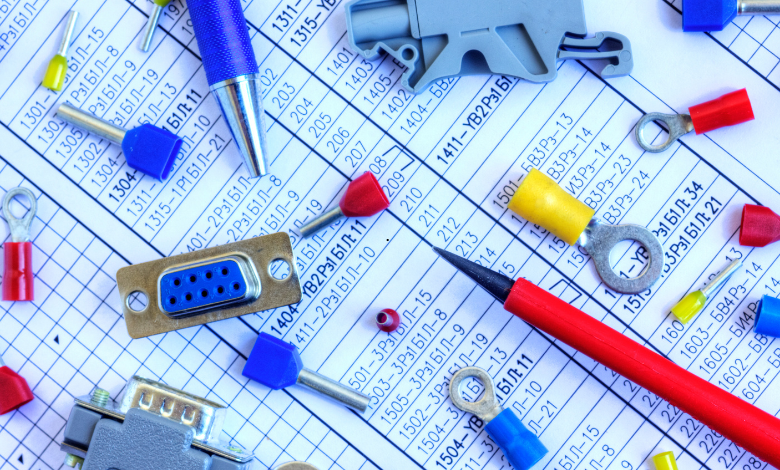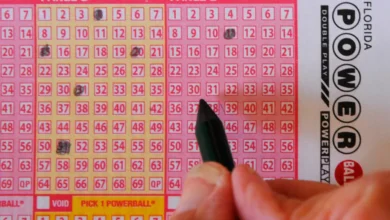Jensen cm701mir 20 pin harness diagram schematic

Are you feeling overwhelmed by the wiring setup for your Jensen CM701MIR car stereo? Don’t worry; you’re not alone. Wiring diagrams can look like a maze of colors and lines. This guide will break down the 20 pin harness diagram schematic for the Jensen CM701MIR, making it easy to understand and implement. Whether you are a DIY enthusiast or someone new to car audio systems, this blog will help you get your stereo up and running smoothly.
What is the Jensen CM701MIR?
Before jumping into the wiring details, let’s take a moment to understand what the Jensen CM701MIR is. It’s a versatile car stereo system that offers a range of features, including Bluetooth connectivity, touch screen interface, and high-quality sound. The 20 pin harness is the crucial component that connects all these functionalities to your vehicle’s electrical system.
Why Focus on the 20 Pin Harness?
The 20 pin harness acts as the backbone of your stereo system. It links the stereo to various components of your car, such as power supply, speakers, and antenna. Understanding this harness is essential for a successful installation. A single incorrect connection could lead to malfunctioning of your stereo or, worse, damage to your car’s electrical system.
Tools You’ll Need for Installation
Before you start, gather all the necessary tools. You’ll need wire strippers, electrical tape, a multimeter, and screwdrivers. Having these tools on hand will make the process smoother and safer.
Identifying the Wires
The first step in decoding the 20 pin harness is to identify the wires. Generally, each wire is color-coded and serves a specific function. Here’s a basic rundown of the most common wires you’ll encounter:
- Red for Power
- Black for Ground
- Yellow for Battery
- Blue for Antenna
- Green and Purple for Speakers
Understanding the color coding helps you know which wire connects to which part of the stereo or car.
Power Connections
Connecting the power wires correctly is crucial. The red wire usually connects to the ignition switch, allowing the stereo to turn on and off with the car. The yellow wire connects directly to the battery, providing a constant power supply. Ensure these connections are secure to avoid draining your battery.
Ground Connection
The black wire is your ground connection. This is vital for the electrical stability of your stereo. Connect it to a metal part of your car’s chassis. Secure grounding prevents electrical noise and other issues.
Speaker Wiring
The green and purple wires are typically used for the rear speakers, while white and grey wires are for the front speakers. Each pair has a positive and a negative wire. It’s essential to connect these correctly to avoid phase issues, which can degrade sound quality.
Antenna Connection
The blue wire is generally used for the antenna. This wire ensures that your stereo can receive radio signals. Connect it securely to enjoy clear radio reception.
Testing Your Connections
Before finalizing the installation, it’s essential to test all connections. Use a multimeter to check the voltage and continuity of each wire. Ensure no wires are shorting out, and all connections are secure. Testing prevents potential issues later on.
Securing the Wires
Once you’re confident that all connections are correct, secure the wires using electrical tape. This not only keeps them in place but also provides insulation, preventing any accidental shorts.
Installing the Stereo
With the wiring complete, the next step is to install the stereo into the dashboard. Follow the manufacturer’s instructions carefully. Ensure the stereo fits snugly and all mounting screws are tightened.
Setting Up the Stereo
After installation, power on the stereo to check its functionality. Configure the settings, such as language and time, and pair it with your Bluetooth devices. This is also a good time to test the sound quality and adjust the equalizer settings to your preference.
Troubleshooting Common Issues
If you face any issues, don’t panic. Common problems include no sound, static, or the stereo not turning on. Recheck all connections and use your multimeter to diagnose the problem. Sometimes, a loose wire or incorrect connection is all that’s wrong.
Benefits of Understanding the Wiring Diagram
Knowing how to read and interpret the 20 pin harness diagram schematic has long-term benefits. You’ll find it easier to troubleshoot issues in the future, and it empowers you to make upgrades or changes confidently.
Safety Precautions
Always prioritize safety. Disconnect the car battery before starting any wiring work to avoid electric shocks. Use insulated tools and follow all safety guidelines provided by the manufacturer.
Additional Resources
For further assistance, refer to the user manual that comes with your Jensen CM701MIR. Online forums and video tutorials can also be valuable resources. Don’t hesitate to seek professional help if needed.
Conclusion
Installing a Jensen CM701MIR car stereo might seem daunting initially, but understanding the 20 pin harness diagram schematic simplifies the process. By following this guide, you’ll be able to enjoy your new stereo system without any hitches. Ready to get started? Gather your tools, and let’s bring your car’s audio system to life!
For personalized advice and more detailed guides, consider signing up for our newsletter or reaching out to our experts. Happy installing!

![[fansly.com] hotkinkyjo 2023 - 2024](https://myflexbot.org/wp-content/uploads/2024/08/kemunculan-dua-spesies-jangkrik-sekaligus-2024-11-390x220.png)

